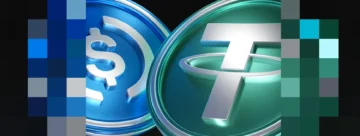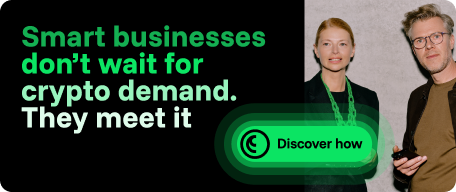Diamond Standard: Case Study of RWA Tokenization in Diamond Market

The diamond market has always been considered an exclusive domain, accessible only to the “elite.” Only big investors with deep pockets and seasoned brokers with a vast client base, who are ready to buy diamonds quickly and at premium prices, can play in this field. Essentially, the traditional diamond market functions more like a “private club.”
However, the rapid development of innovative blockchain solutions has opened up the diamond market to smaller investors, making it more liquid and transparent. Let’s dive into the main issues of the traditional diamond market and how blockchain project Diamond Standard is solving them through tokenization.

Problems of Traditional Diamond Market
The traditional diamond market faces several challenges that hinder its operation and reduce its attractiveness for investors:
- Lack of standardization. Each diamond is unique, making its valuation a complex and subjective process.
- Limited liquidity. It’s difficult to sell diamonds quickly and at a fair price, which limits their liquidity.
- High entry threshold. Investing in diamonds requires significant knowledge, experience, and substantial initial capital.
- Transaction opacity. The traditional diamond market is characterized by low transparency, which creates favorable conditions for fraud and speculation.

What Solution Does Diamond Standard Offer?
In 2019, Cormac Kinney, Founder and CEO of Diamond Standard, introduced the Easy Diamond Trading set. This set consists of a coin embedded with three diamonds or a bar with ten diamonds. Each set has a chip that enables trading of tokenized gemstones.
The process of creating the Easy Diamond Trading set includes several key steps:
- Diamond collection and certification. Diamond Standard purchases physical gemstones that undergo certification and evaluation by recognized international institutions like the Gemological Institute of America (GIA).
- Set creation. Diamonds are standardized by weight, color, and clarity. They’re then placed in coins and bars, each valued at a specific amount.
- Tokenization. Each coin or bar is tokenized. A chip is created that records a digital token, issued on the Ethereum blockchain.
Each set is based on CARATS, a unified unit of measure for the value of gemstones. Each diamond in the set is evaluated according to clear parameters, allowing for standardized valuation and pricing of different sets. After the physical sets are created, they’re tokenized by issuing tokens that correspond to a certain number of CARATS. The token information is recorded on a special chip embedded in the physical coin or bar. The physical sets are stored in specialized vaults like Brinks.
In 2020, Diamond Standard received a license from the U.S. Commodity Futures Trading Commission (CFTC), allowing investors to trade CARATS on exchanges. In 2021, the $50 million Diamond Standard Fund was established, initially aimed at making diamond trading more accessible for professional investors. However, the initiative has since expanded beyond exchange trading, providing access to the diamond market for smaller investors and turning tokenized precious metals into a means of payment.
In 2024, users in the U.S. gained the ability to use CARATS for fast, regulated money transfers. CARATS can be sent via a simple message, granting access to a specified part of the Easy Diamond Trading set. Thanks to Diamond Standard’s national regulatory license, these transfers comply fully with U.S. law, regardless of the recipient’s or sender’s state.
By leveraging tokenization, Diamond Standard has created a new, safe, and transparent diamond market based on the standardization of gemstones. This innovation has opened the diamond market to retail investors, significantly enhancing the liquidity of these assets. Diamond Standard’s case exemplifies a revolutionary blockchain solution addressing the key issues of the traditional market through advanced Web3 technologies.











